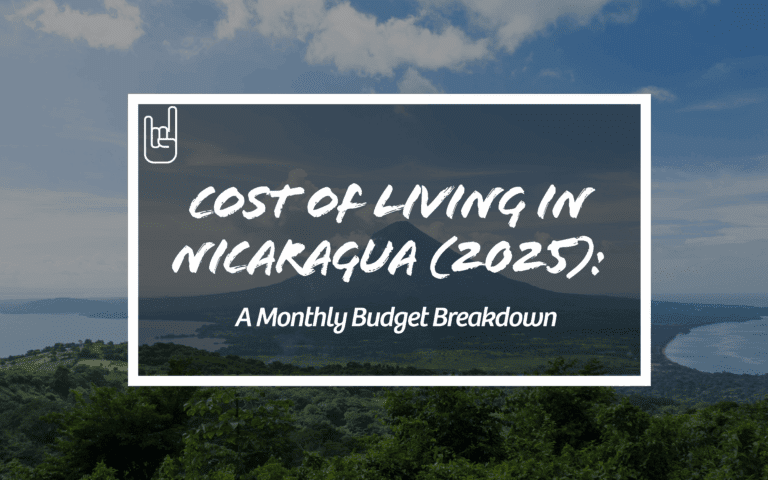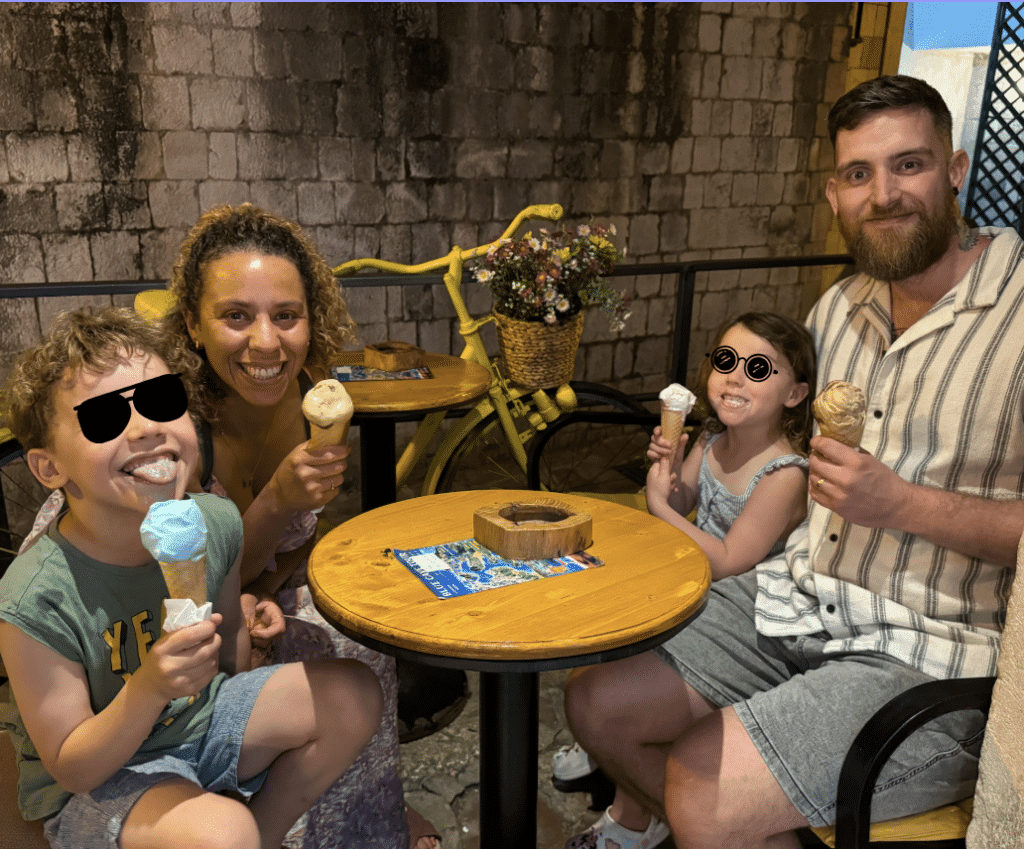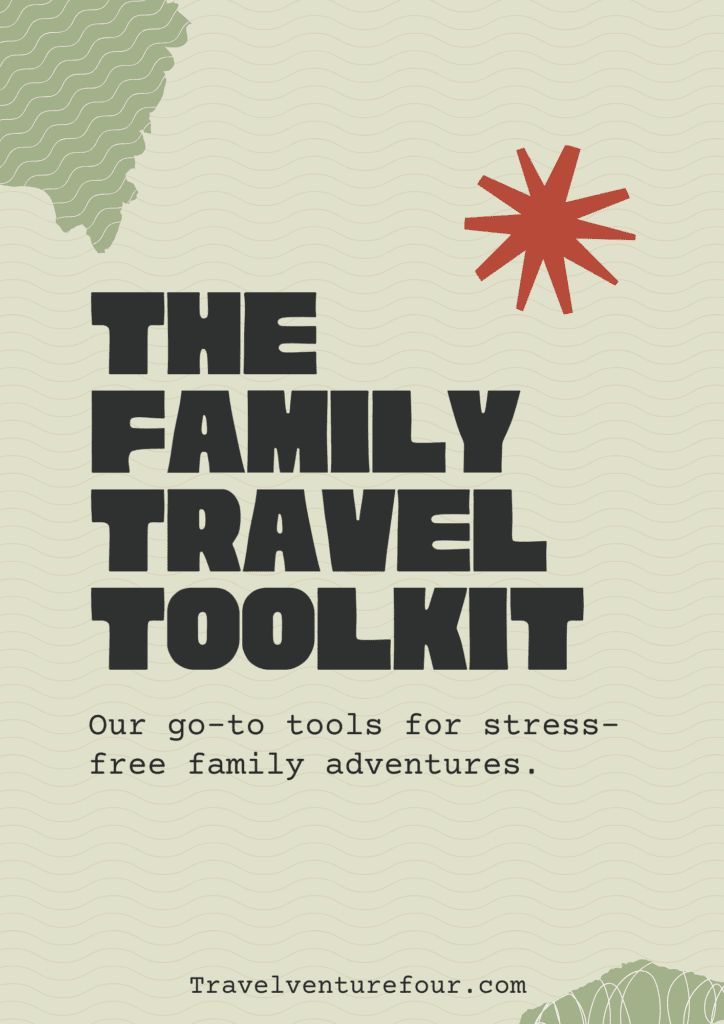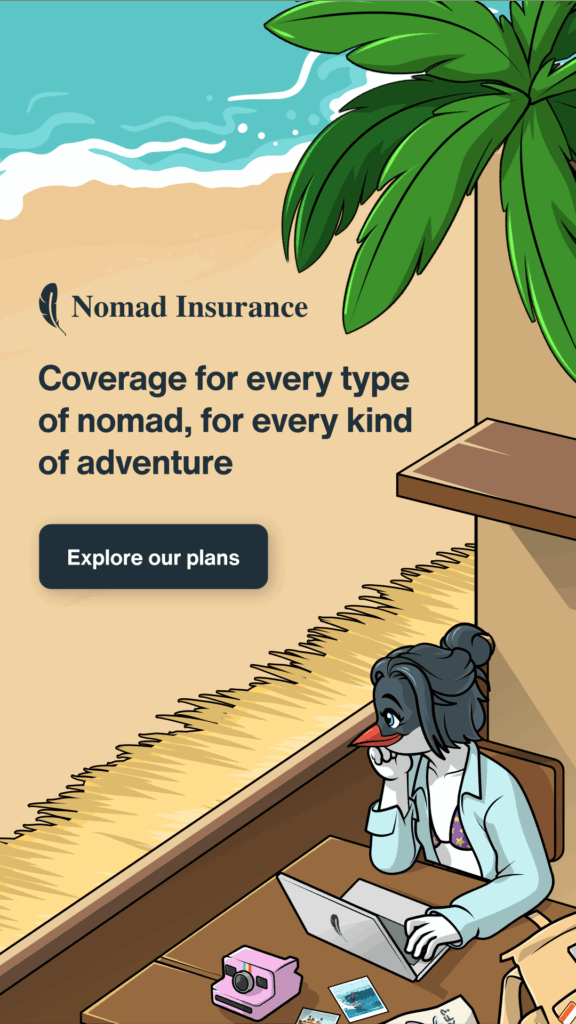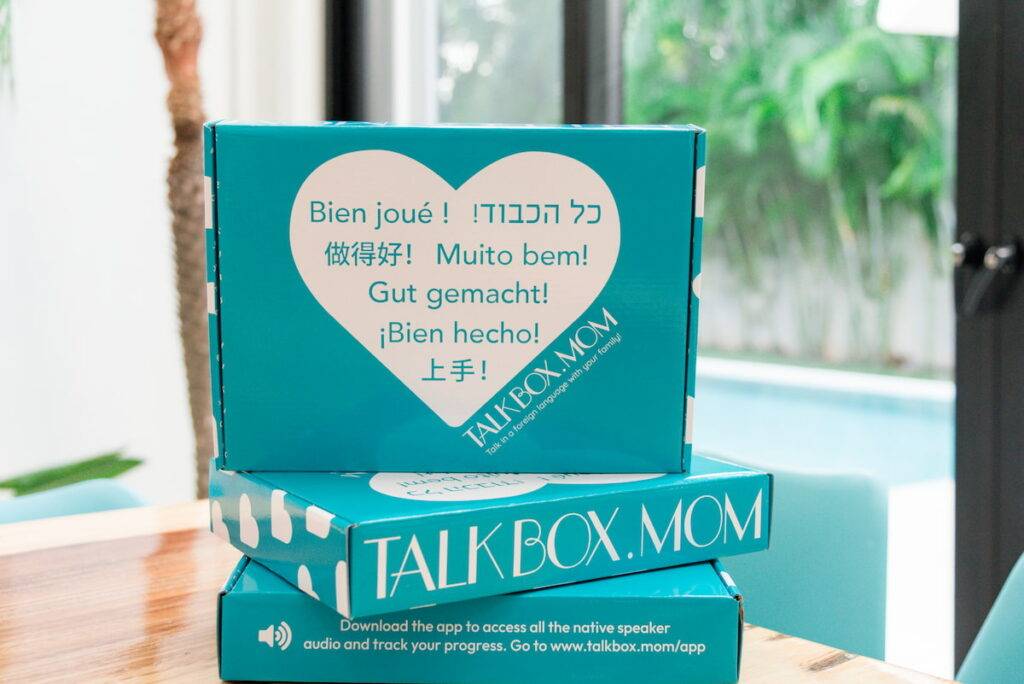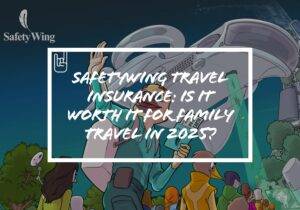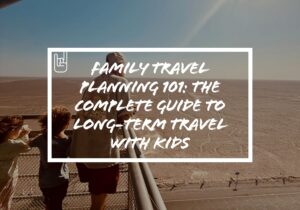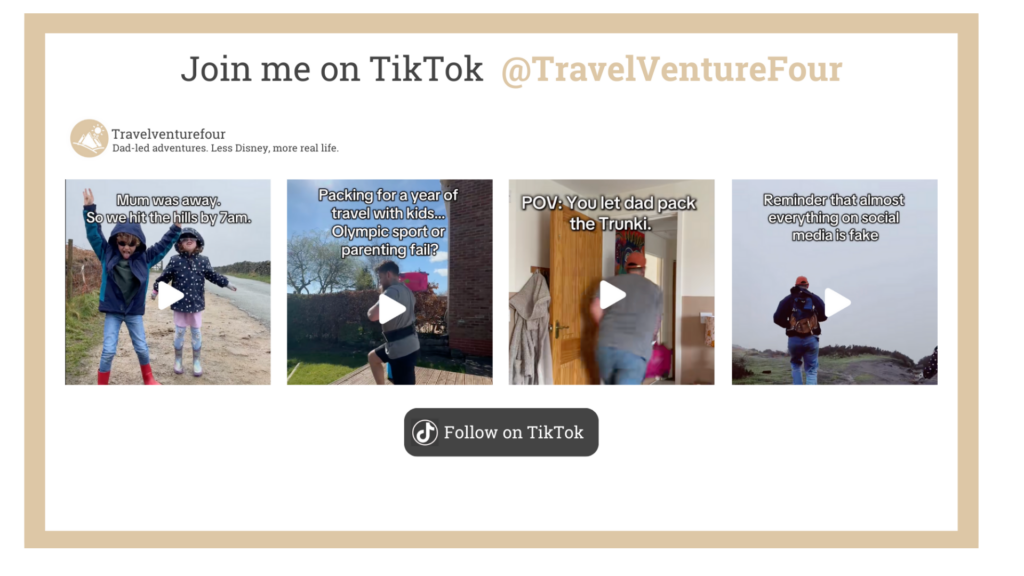Cost of Living in Nicaragua (2025)
Thinking about settling in Nicaragua or stopping for a slow travel stint? In this guide, we break down what it really costs to live here in 2025, not just the tourist prices, but the day-to-day budget realities for families, digital nomads, and long-term travelers. Prices are based on data from Numbeo and Budget Your Trip, along with real-life estimates tailored to a grounded, no-frills lifestyle.
Is Nicaragua Expensive to Live In?
If you’re considering a long-term stay in Central America, Nicaragua often shows up as the wildcard. It’s less polished than Costa Rica, less internationally marketed than Panama, but pound for pound, it might offer the best cost-of-living value on the isthmus.
So, is Nicaragua expensive? For most families, digital nomads, or early retirees, the answer is a grounded no. It’s one of the most affordable places in the region, especially once you settle into local rhythms: shop at the market instead of the import grocery store, skip the touristy beachfront rental, and learn a little Spanish.
That said, your monthly costs will vary based on location, lifestyle, and how “local” you’re willing to go. Here’s a rough breakdown:
Lifestyle | Single | Couple | Family of 4 |
|---|---|---|---|
| Budget: | $600–$900 | $1,000–$1,400 | $1,500–$2,200 |
| Mid-range: | $1,200–$1,600 | $1,800–$2,400 | $2,400–$3,200 |
| High-end: | $2,000+ | $3,000+ | $4,000+ |
Compared to Panama or Costa Rica, Nicaragua offers lower housing costs, cheaper local food, and fewer “expat tax” premiums. It’s not without trade-offs, infrastructure and healthcare access vary greatly, but if you’re seeking simplicity, sunshine, and savings, Nicaragua delivers.
Real Talk: This is one of those countries where your dollar stretches, especially if you’re not chasing the gringo dream version of paradise.
All price estimates in this guide are based on a combination of real-time data from Numbeo and Budget Your Trip, blended with our family’s own research and planning notes for 2025.
Table of Contents
Cost of Living in Nicaragua – Monthly Breakdown (2025)
Nicaragua’s cost of living depends heavily on where you settle and how you choose to live.
Think: beach bungalow in San Juan del Sur versus a colonial house rental in León or a basic apartment in Managua. Each spot offers a different flavour and price tag.
Here’s what monthly living costs might look like across three popular regions:
Managua Capital & Urban Life
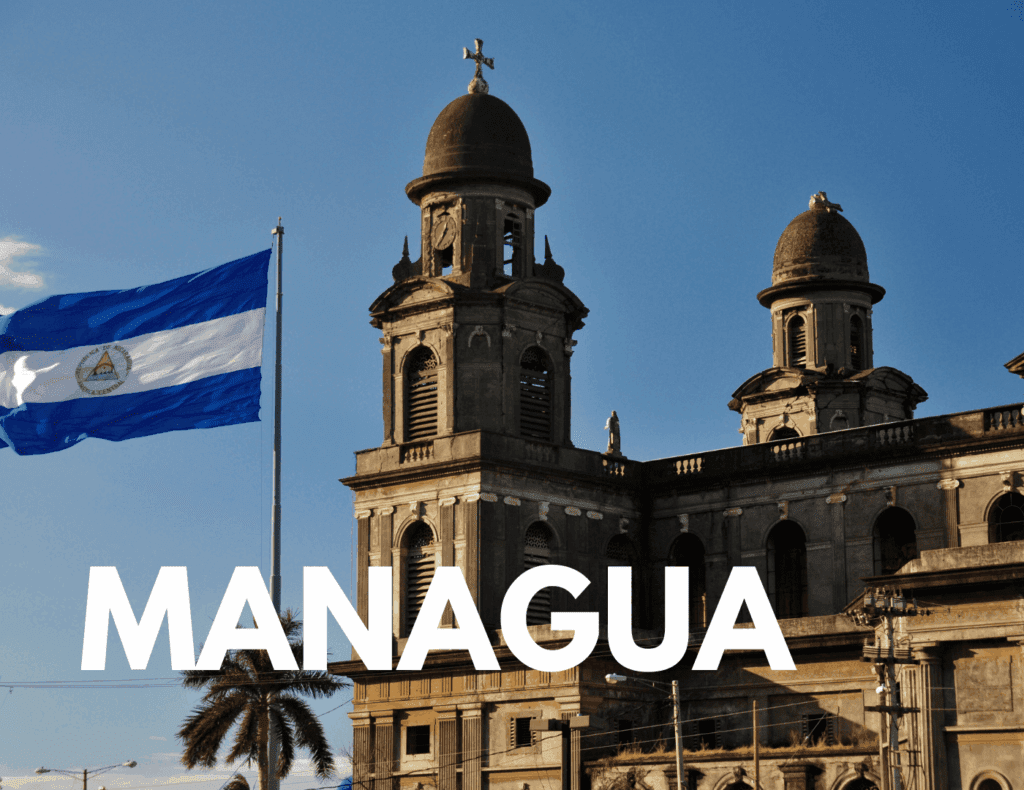
Nicaragua’s capital city Managua offers the most modern infrastructure but can feel chaotic. It’s more functional than charming — and best suited for short stays or business-minded expats.
1-bed apartment (central): $400–$700
Utilities & internet: $100–$160
Groceries (for 1): $250–$300
Transport: $50–$100
Dining out (local fare): $4–$10/meal
Quick Note: Great value for those who want city convenience on a tight budget, but families may prefer the charm and walkability of smaller cities.
San Juan del Sur – Surf Town Meets Expat Vibe
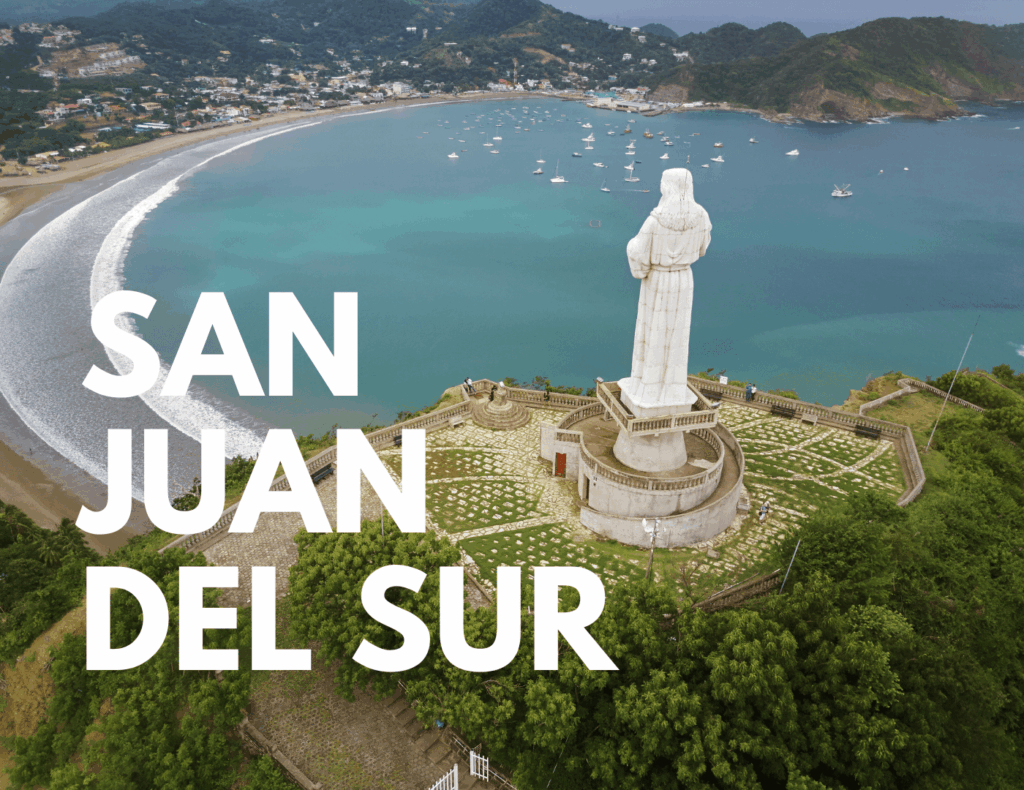
San Juan del Sur is a popular with digital nomads and expat families, this coastal town blends Pacific surf life with decent infrastructure, though prices spike near the beach or in tourist season.
1-bed apartment (near beach): $600–$1,000
Groceries: $300–$400 (imports = markup)
Dining out: $6–$15/meal
Transport: Mostly walkable, with occasional tuk-tuk or moto rentals
Quick Tip: Long-term renters often get better deals via Facebook expat groups or local agents and you’ll want to negotiate in person.
León & Granada – Cultural & Family Favorites
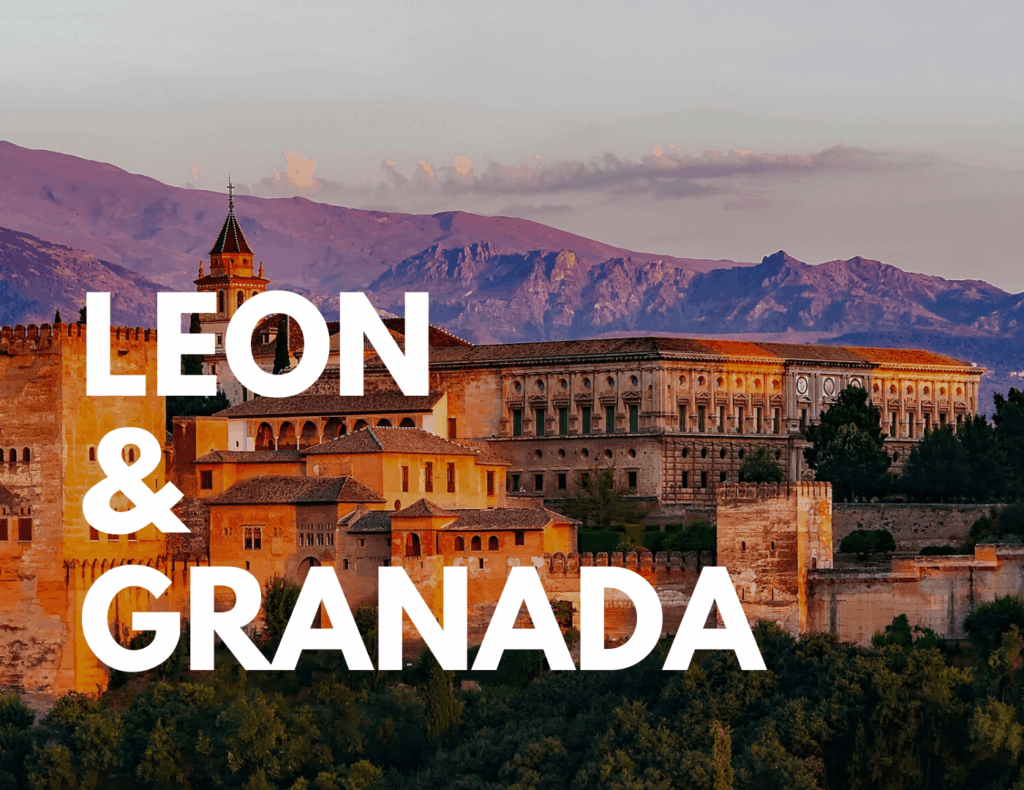
These two colonial cities are slower-paced, visually stunning, and packed with cafes, parks, and walkable neighbourhoods, ideal for families or remote workers.
1-bed apartment (furnished): $350–$600
Utilities: $80–$120
Groceries: $200–$300
Dining out: $4–$10/meal
Transport: Mostly walkable, occasional taxi or bus ($1–$2)
Granada skews more touristy with polished rentals, while León has more local flavour and slightly lower prices.
This blog is fuelled by caffeine and chaos, if it helps, support our journey.
Cost of Rent in Nicaragua (2025)
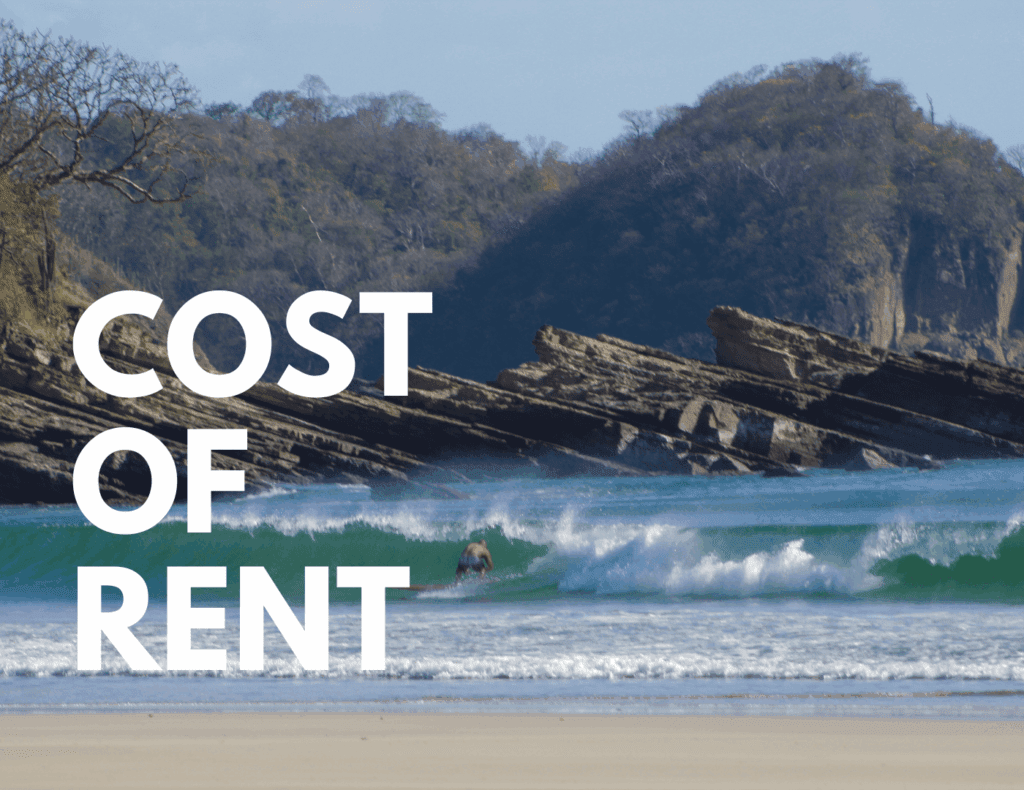
Rent is where Nicaragua really shines, especially if you’re coming from the US, UK, or parts of Europe. Even in popular areas, it’s possible to find comfortable, family-sized housing for under $800/month. The catch? You often have to hunt locally, skip Airbnb, and be flexible with furnishings.
Here’s what rent might look like in various scenarios:
| Rental Type | Monthly Cost (USD) |
|---|---|
| 1-bed apartment (city center) | $400–$600 |
| 2-bed house (small town) | $500–$700 |
| 3-bed family home (expat-ready) | $700–$1,200 |
| Beachfront or resort rental | $900–$1,500+ |
Short-Term vs. Long-Term Rentals
Short-Term (1–3 months): Often priced like Airbnb, high season = high rates. Expect to pay $30–$80/night for a family-sized space.
Mid/Long-Term (3+ months): Use local classifieds, Facebook groups, or word-of-mouth. Long-term renters can negotiate significant discounts, especially outside of San Juan del Sur.
Also bear in my with Airbnb utilities and wifi are included plus monthly stays offer up to 50% discount.
Granada and León have well-furnished rentals at good prices, while beach towns like Popoyo or SJDS come with an “expat tax.” Off-season deals (May–October) are easier to score..
Quick Tip: Many homes are rented through WhatsApp, not formal listings. Join local groups early and ask around
Cost of Utilities & Internet in Nicaragua
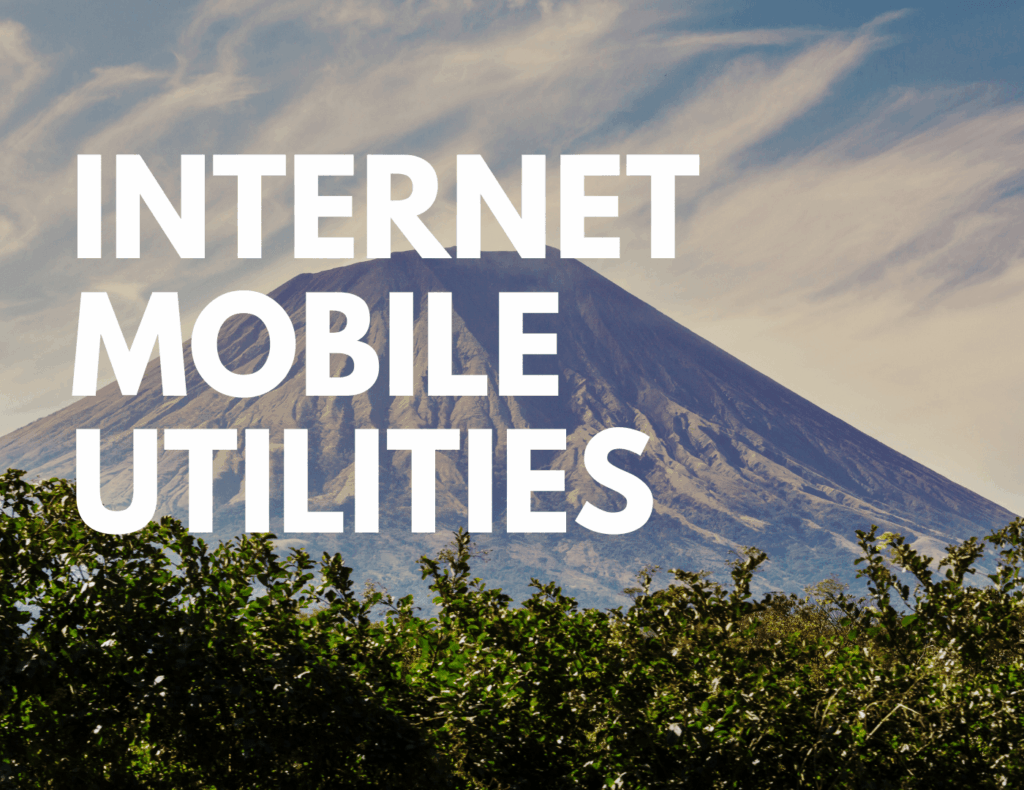
While Nicaragua’s rent is low, utility costs can vary depending on location, usage, and whether your home is built to handle heat (spoiler: many aren’t). Air conditioning, for instance, can double your electric bill in hot coastal areas, while homes in the highlands may not need it at all.
Here’s what to expect monthly:
Utility | Cost Range (USD/month) |
|---|---|
| Electricity (moderate use) | $40–$100 |
| Water | $10–$20 |
| Gas (for cooking, if separate) | $5–$10 |
| Internet (20–50 Mbps) | $25–$45 |
| Mobile data plan (Claro/Tigo) | $10–$15 |
Internet & Connectivity
Main Providers: Claro and Tigo dominate the market.
Mobile Data: Reliable and cheap. You can hotspot if your home Wi-Fi isn’t strong.
Test your rental’s actual speed before committing or ask for a screenshot from speedtest.net.
Life Insight: In Nicaragua, it's common for utilities to be paid in cash at corner stores or by mobile app. If you’re renting long-term, clarify whether utilities are included or extra — especially with Airbnbs.
Grocery Prices in Nicaragua

Groceries are one of Nicaragua’s biggest cost-saving wins, especially if you shop like a local. Skip the imported cheese and boxed cereal, and you can easily feed a family of four on under $400/month.
You’ll find fresh produce at open-air markets, with prices a fraction of what you’d pay in the U.S. or Europe. Supermarkets like La Colonia or Walmart carry imported goods, but at a steep markup.
Example Prices (USD) (Based from Numbeo)
Item | Price (USD) |
|---|---|
| Milk (1 liter) | $1.18 |
| Eggs (12) | $2.50 |
| Fresh bread (loaf) | $1.50–$2.00 |
| Rice (1 kg) | $1.60 |
| Bananas (1 kg) | $1.20 |
| Chicken (1 kg, local) | $4.00–$5.00 |
| Tomatoes (1 kg) | $1.30 |
| Local cheese (1 kg) | $4.50 |
| Bottle of water (1.5L) | $0.75 |
The local market is where families get the best deals and where kids learn Spanish while picking mangoes. Weekly trips often become part of the rhythm of life.
Quick Tip: Shopping like a local (and avoiding imports) is one of the biggest ways to reduce your overall cost of living.
Dining Out in Nicaragua
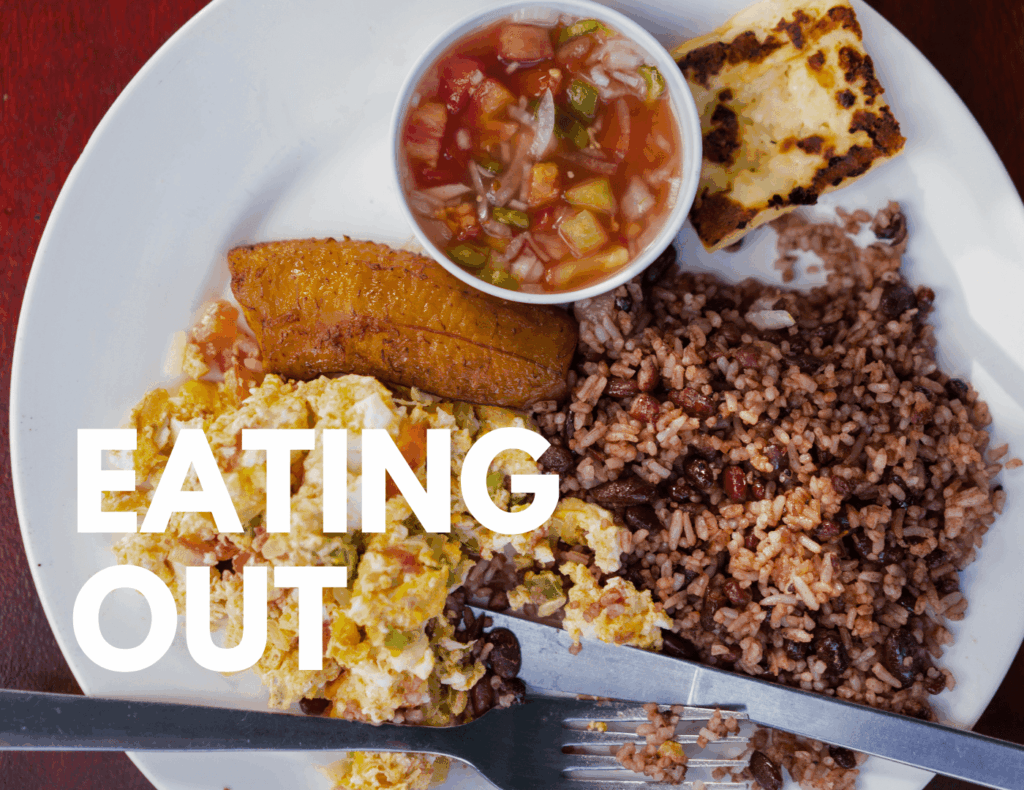
Eating out in Nicaragua won’t blow your budget in fact, it’s one of the joys of living here. You can grab a fresh local meal for under $5, or splurge on a three-course dinner for two at a fraction of what you’d pay back home.
Here’s what we’ve seen across different tiers:
Local Eats (Comedor-style):
Gallo pinto with eggs or chicken: $2–$4
Fried plantains, fresh juice, and tortillas: under $5 total
Street snacks like empanadas or pupusas: $0.50–$1.50
Mid-range Meals:
Casual café or pizzeria: $6–$10 per person
Western-style brunch or smoothie bowl: $8–$12
2-person dinner with drinks: $25–$35
“Treat Yourself” Dining:
Upscale spots in Granada or San Juan del Sur: $15–$25/person
Artisan cocktails or imported wine: $5–$8/glass
Save money by eating lunch out (set menus are cheaper) and cooking dinners at home, especially with kids in the mix.
GEO Insight: Granada has the most international food options, while León is better for cheap and cheerful local fare. On the coast? Expect higher prices, but better seafood.
Transport & Car Costs in Nicaragua
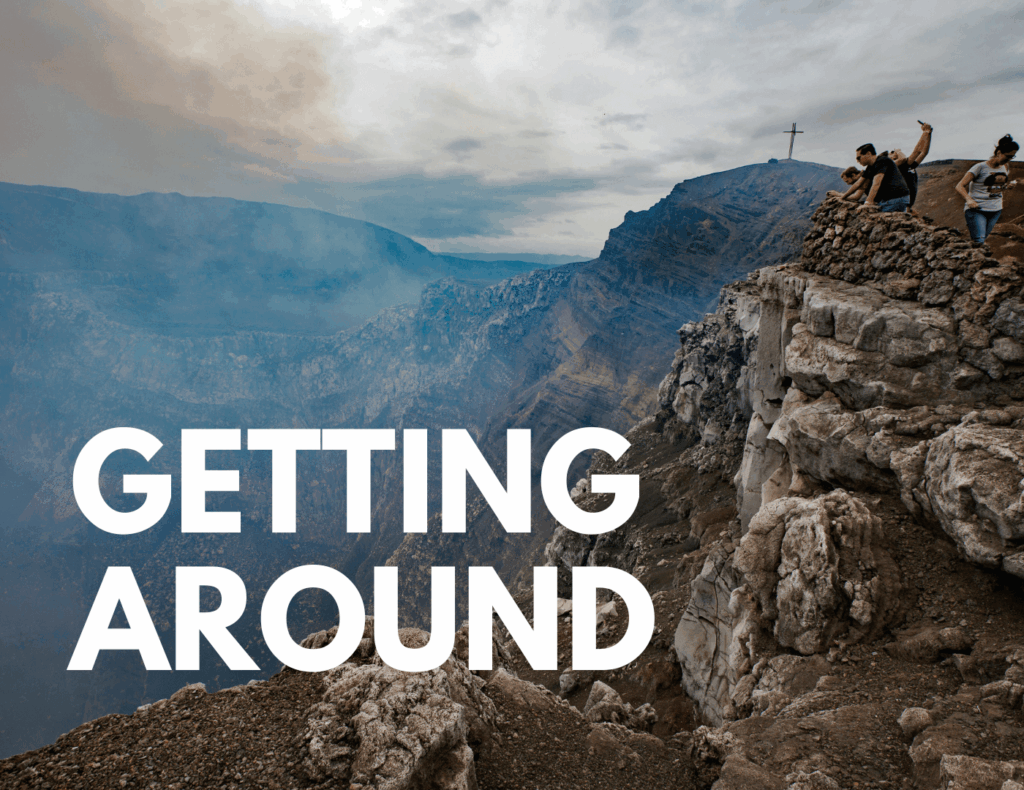
Getting around Nicaragua is cheap, but how easy it is depends on where you’re based and whether you’re brave enough to drive.
Public Transport
Local buses (“chicken buses”): $0.25–$1 per ride
Intercity buses (Managua to León, Granada, etc.): $2–$5
Minibuses (more direct): $3–$7 depending on route
Great for budget solo travelers or couples. With kids? It’s more of an experience than a convenience.
Rent a car
Taxis & Local Options
City taxis: $2–$5 for short trips
Moto-taxis/tuk-tuks (in smaller towns): $1–$2
Private drivers (per day): $30–$60 (negotiable)
Opt for private drivers on travel days — it’s pricier, but saves sanity when wrangling luggage and tired kids.
Renting or Owning a Car
Rental car (compact): $35–$60/day
Gasoline: $5–$6/gallon
Used car (decent condition): $6,000–$10,000
Insurance: $30–$50/month for basic coverage
Driving in Nicaragua is doable but bumpy, literally. Roads outside major towns can be rough, and signage is minimal. Use Waze or Google Maps offline.
Real Talk: Unless you’re in a rural area or hopping between towns frequently, you can live here without a car. Bonus: fewer headaches, and fewer surprise costs.
Healthcare in Nicaragua

Healthcare in Nicaragua is surprisingly affordable, especially if you’re paying out of pocket but quality varies widely depending on location and whether you go public or private.
Public vs. Private
Public clinics are free or ultra-low cost, even for foreigners, but wait times can be long, and services limited.
Private hospitals and clinics are your best bet for reliable care. Managua has the most advanced facilities, with Granada and León offering decent options.
Common Healthcare Costs
General doctor visit (private): $20–$40
Pediatric appointment: $25–$50
Dentist cleaning: $25–$40
Emergency care: $50–$100 (private ER consult)
Prescription meds: 30–70% less than U.S. prices
Pharmacies are everywhere and often serve as first stops for basic care. Pharmacists frequently diagnose minor issues and recommend OTC treatments.
Health Insurance Options
Local plans (basic coverage): $30–$60/month
International expat plans: $80–$200/month, depending on age and coverage
If you’re traveling long-term, mix travel insurance for emergencies with local pay-as-you-go care for day-to-day health needs.
Schooling & Childcare in Nicaragua
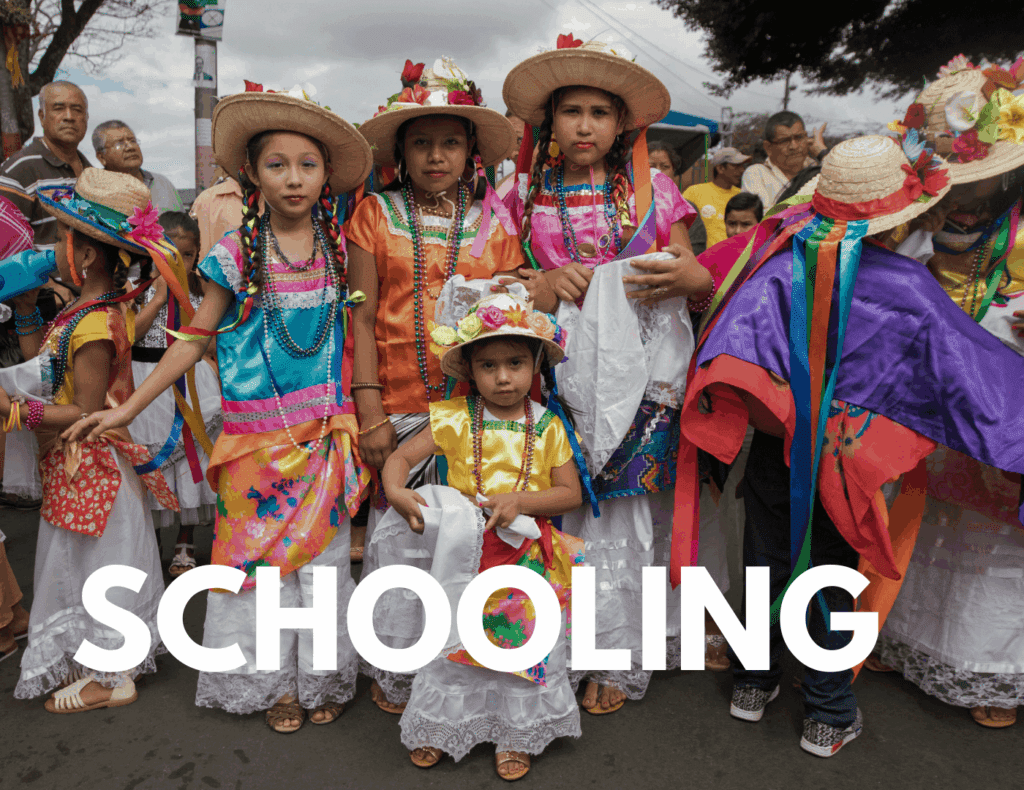
If you’re considering a longer stay or semi-permanent base in Nicaragua, education becomes a key factor. While the public school system is not typically recommended for expat families, private and bilingual options are growing, especially in Granada, San Juan del Sur, and Managua.
School Options in Nicaragua
Private bilingual schools (English/Spanish): $150–$400/month per child
International schools in Managua: $400–$700/month
Montessori or alternative education options (mostly in expat hubs): $200–$500/month
Granada and San Juan del Sur have small but passionate alternative schooling communities, good for younger kids or families trying worldschooling hybrids.
Childcare Costs
Nanny or babysitter: $3–$5/hour (more for English-speaking or certified caregivers)
Daycare (private, full-time): $120–$250/month
Part-time helpers: often available via local word of mouth or expat groups
Many long term families rotate between local nannies and parent swaps for childcare, it helps with costs and builds connection.
Quick Tip: Some families homeschool or worldschool, using Nicaragua as a cultural learning base. Spanish immersion opportunities are everywhere — even in the playground.
Domestic Help in Nicaragua
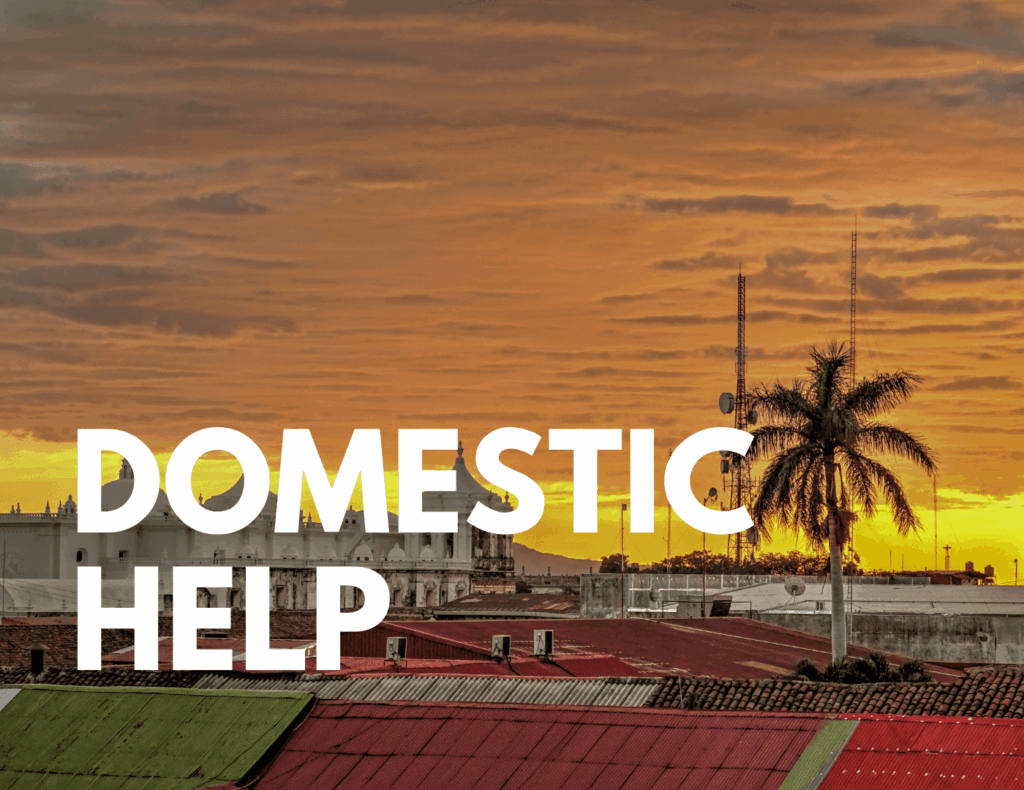
Hiring help around the home is common in Nicaragua and surprisingly affordable, a perk that many families take advantage of, especially during long-term stays. Whether it’s a housekeeper, a cook, or someone to help wrangle the kids, domestic help can add structure and ease to daily life on the road.
Common Roles & Costs
Full-time housekeeper (live-out): $150–$250/month
Part-time cleaner (1–2 days/week): $10–$20/day
Nanny or babysitter: $3–$5/hour
Cook or combined role (cook/clean/nanny): $250–$400/month
Many helpers work informally, so arrangements are flexible. Long-term stays may include bonuses or additional household support, just communicate clearly and fairly.
Activities & Entertainment in Nicaragua
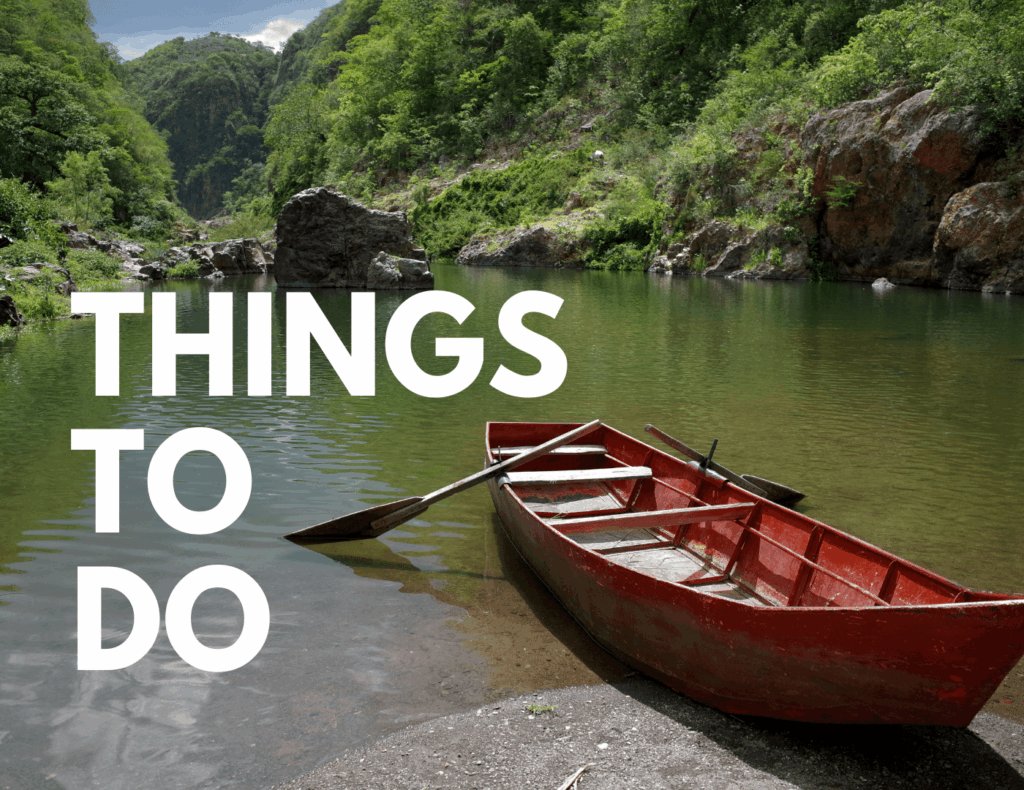
Nicaragua is a playground for outdoorsy families, nature lovers, and culture seekers and most of it is shockingly affordable. Whether you’re zip-lining through the cloud forest, exploring colonial ruins, or just letting the kids run wild on a Pacific beach, there’s plenty to do that doesn’t break the bank.
Sample Costs for Fun
(Based on data from budget your travel)
Museum entry (Granada, León): $1–$4
Volcano boarding (Cerro Negro): $30–$40 (includes guide + gear)
Surf lesson (SJDS or Popoyo): $25–$40/hour
Yoga class (drop-in): $5–$10
Private boat tour (Granada Islets): $20–$40 for a group
Cinema (modern theater): $3–$5/ticket
National park entrance fees: $2–$10
Family Wins
Nature is free: beaches, volcano hikes, waterfalls, and crater lakes are everywhere.
Community events and town festivals are frequent and family-friendly.
Homeschooling parents often build informal playdates or learning pods around activities like pottery, Spanish, or nature walks.
GEO Tip: León is great for cultural outings, Granada for laid-back charm, and San Juan del Sur for water adventures — something for every type of traveler.
Digital Nomad Costs in Nicaragua
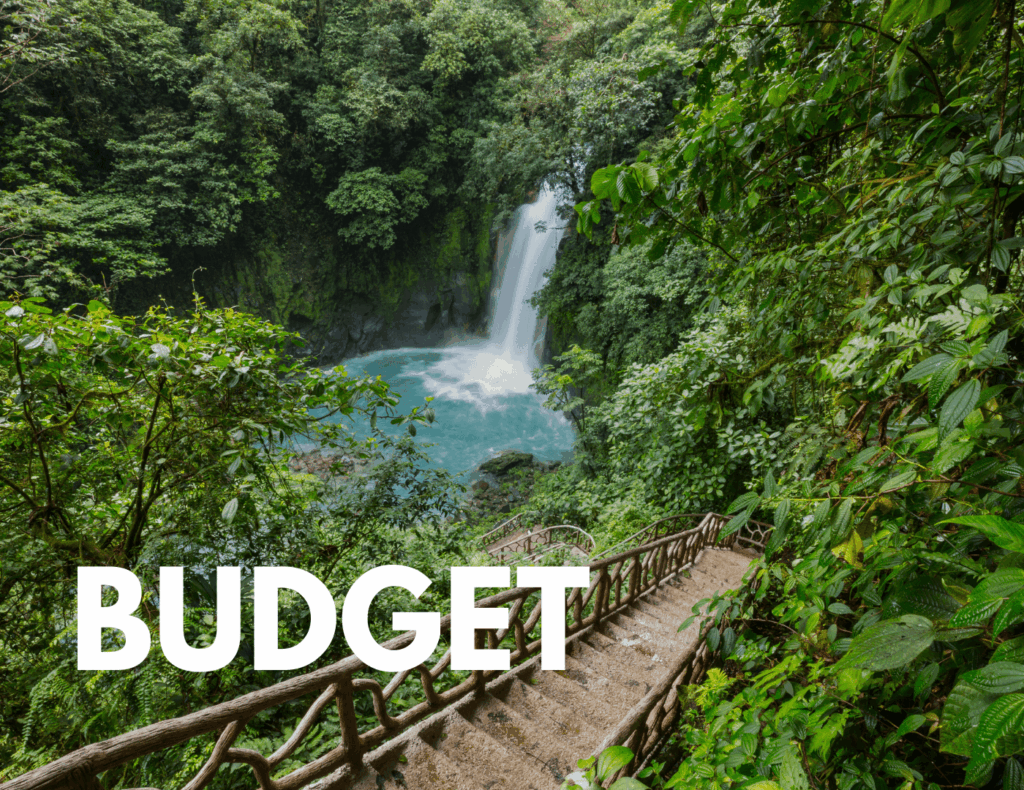
For remote workers and digital nomads, Nicaragua hits a rare sweet spot: low living costs, improving internet infrastructure, and a slower pace that encourages deep focus (or at least fewer distractions than Bali). That said, it’s not quite plug-and-play everywhere, especially outside the main hubs.
Internet & Workspace Options
Home Wi-Fi: $25–$45/month for 20–50 Mbps (strongest in cities)
Mobile data: $10–$15 for 5–10GB via Claro or Tigo (great for hotspotting)
Coworking spaces: $8–$15/day or $100–$150/month (available in Granada, San Juan del Sur)
Cafés with decent Wi-Fi: widespread, but power outlets are hit-or-miss
Look at the a local SIM + portable hotspot combo during intercity travel. Not flawless, but enough to upload photos, host Zoom calls, and manage blogs.
Monthly Digital Nomad Budget (Solo or Couple)
Category | Monthly Cost (USD) |
|---|---|
| Rent (1-bed apt): | $400–$700 |
| Food & groceries: | $300–$500 |
| Transport: | $50–$100 |
| SIM + Wi-Fi: | $40–$60 |
| Coworking (optional): | $100–$150 |
| Entertainment: | $100–$200 |
Total: $1,000–$1,600 for most single nomads, or ~$2,000–$2,500 for couples who live modestly and work full-time online.
Caution: Power outages still happen, always have a backup plan for critical workdays.
Granada is one of Nicaragua’s top spots for remote workers — fast Wi-Fi, expat-friendly rentals, and walkable everything. SJDS is more scenic but less stable on the tech front.
Visa & Residency Fees in Nicaragua
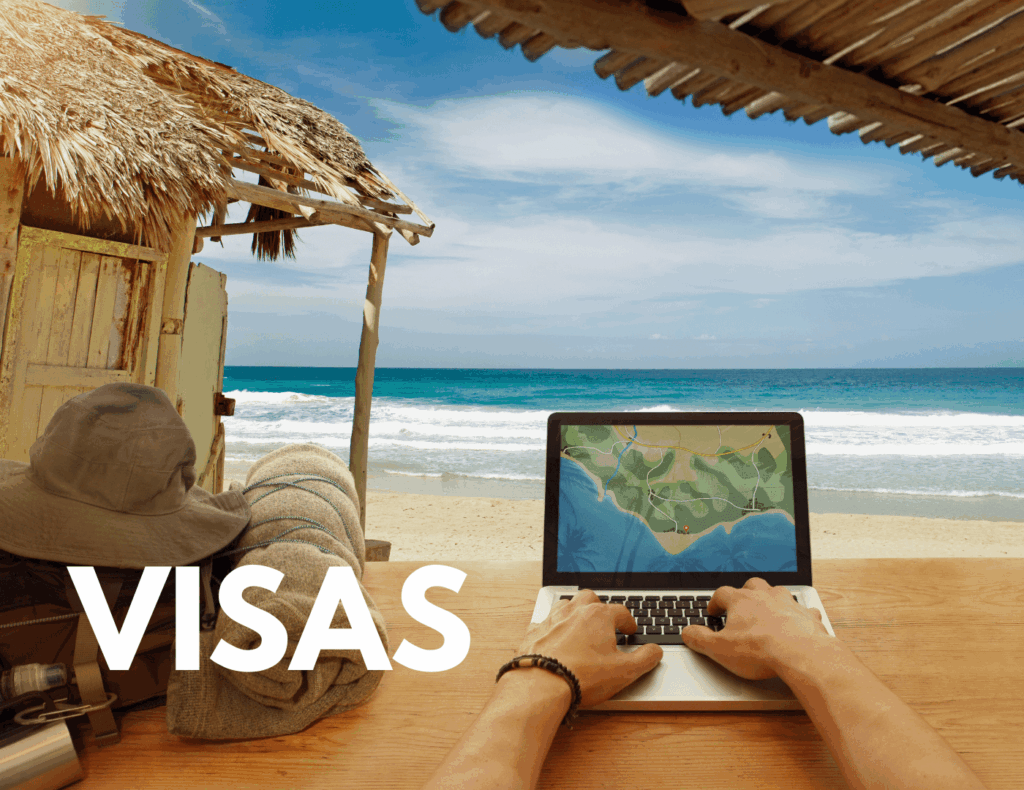
For most travellers, Nicaragua is refreshingly easy to enter, and relatively relaxed when it comes to tourist stays. But if you’re planning something longer than a scouting trip or a few months on the road, it’s worth understanding your options.
Tourist Visas (Standard Entry)
Most nationalities (including U.S., Canada, U.K., EU) receive a 90-day tourist visa on arrival.
Entry fee: $10–$13 USD at the border or airport.
You can extend once (usually up to 90 days more) for a small fee at immigration offices.
Border Runs: Many long-term travellers and digital nomads do “border hops” every 90 days, usually a quick exit to Costa Rica and re-entry the same day. Not technically illegal, but definitely a gray area.
Residency Options
Retiree Residency (Pensionado): For those with proof of $600+ monthly income. Low barrier, popular among expat retirees.
Investor Residency: Requires $30,000+ investment in a business or property.
Rentista Visa: For those with steady non-work income (like remote workers), but requirements can be murky.
Processing time: 2–6 months depending on paperwork and persistence.
Application costs: $500–$1,000+ with lawyer fees included.
Quick Insight: Immigration rules evolve fast in Central America. Check with local expat groups or immigration lawyers before making assumptions, especially post-2024.
Hidden or Surprise Costs in Nicaragua

At first glance, Nicaragua feels like a dream for budget-conscious families, and it mostly is. But even in a low-cost country, unexpected expenses still sneak in. Some are logistical. Some are emotional. And some are just “life abroad” tax.
Here’s what might catch you off guard:
1. ATM & Card Fees
Local ATMs often charge $4–$6 per withdrawal.
Many shops and restaurants are still cash-only.
Tip: Bring a no-foreign-fee debit card and take out max amounts to limit fees.
2. Electricity Bills (with A/C)
Coastal rentals with air conditioning? Your bill could double. Some Airbnb hosts charge extra if you “go over” their limits.
3. Laundry & Water Delivery
No dryer? You’ll pay $0.75–$1 per pound at local laundromats.
In some areas, drinking water needs to be delivered ($1–$2 per 5-gallon jug)
Budget in these weekly add-ons, they add up.
4. Tech Replacement
Need a laptop charger, tablet screen fix, or phone case? Good luck. Import taxes and availability make electronics 20–40% more expensive than at home.
5. Emergency Health Care or Last-Minute Flights
An unexpected fever, dental issue, or needing to fly home fast? These are the wildcard costs no one talks about but every traveling family should plan for.
Nicaragua is affordable, but it’s not a bubble. Budget a buffer (we keep a $500 “whoops” fund), and you’ll be fine when life throws curveballs.
Is Nicaragua Worth It in 2025?
For families, digital nomads, and slow-travelers looking for affordability without giving up natural beauty, Nicaragua is one of the last truly underrated options in Central America. Yes, it’s rawer around the edges than Costa Rica. And no, it doesn’t have the polished infrastructure of Panama. But what it does offer is something we found harder to quantify a sense of ease.
You can live simply here. Markets still matter. Neighbours say hi. And your budget actually stretches not just on paper, but in daily life.
Why Nicaragua Might Be Worth It for You:
You’re budget-conscious, but still want safe, scenic, family-friendly living.
You’re worldschooling or roadschooling and want language immersion.
You don’t mind a bit of unpredictability if it comes with space to breathe.
You want beach mornings, volcano hikes, and mangoes for breakfast, without a $5,000/month housing bill.
Related Reads
FAQs
Is Nicaragua safe for families and solo travelers?
Yes overall, Nicaragua is considered one of the safer countries in Central America. While petty crime like pickpocketing can occur, especially in tourist areas, more serious crime is rare. Families and solo travelers should exercise common sense—avoid poorly lit areas at night and stay aware of surroundings. Unlike medical emergencies, most small towns have accessible clinics, but travel insurance is essential for peace of mind.
What’s the best way to move around as a family in Nicaragua?
Domestic transportation is affordable and varied. Shared chicken buses (repurposed school buses) are cheap but crowded and less comfortable. For families, private shuttles and taxis offer greater comfort and flexibility, typically costing $5–$20 per trip depending on distance. Renting a car is also a practical option if you’re comfortable driving along rural roads. Budget accordingly for transport when planning your cost of living.
Can you live in Nicaragua on a remote work budget?
Absolutely! Many digital nomads thrive here, monthly costs for mid-range living, coworking, reliable internet, and leisure activities generally fall between $1,200–1,800. Prices are lower in towns like Granada or Managua compared to San Juan del Sur. Fast Wi‑Fi (20–50 Mbps) is available in most cities, with basic monthly packages costing $30–$50. Coworking spaces charge $100–$200 monthly. Nicaragua offers a strong value proposition for budget-conscious digital nomads.

